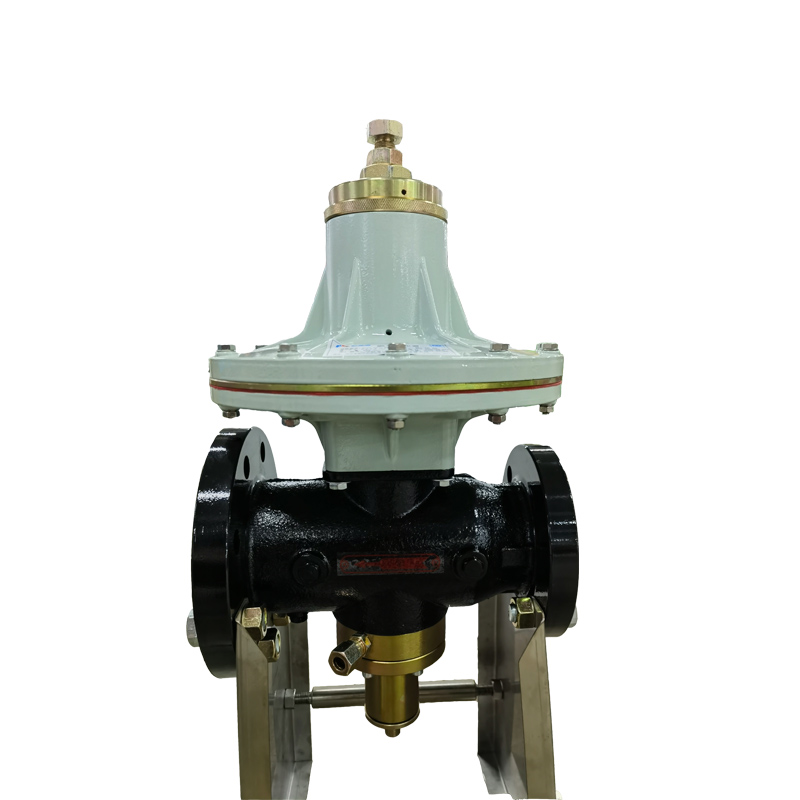
Dec . 03, 2024 16:01
Back to list
صمام تنظيم
Understanding Pressure Regulating Valves
Pressure regulating valves (PRVs) play a crucial role in various industries by controlling the pressure of fluids within a system. These valves ensure that pressure levels remain within safe and predetermined limits, thus protecting equipment, enhancing operational efficiency, and providing safety for personnel. This article aims to delve into the working principles, applications, and advantages of pressure regulating valves.
Working Principles
The primary function of a pressure regulating valve is to maintain a constant output pressure regardless of variations in input pressure or flow rate. Typically, these valves are equipped with a spring-loaded mechanism that adjusts the valve position based on the pressure sensed in the system.
1. Sensing Mechanism The valve features a diaphragm or diaphragm assembly that reacts to changes in pressure. When the downstream pressure rises above the set point, the diaphragm moves against the spring force, causing the valve to close partially to reduce the flow. Conversely, if the pressure drops, the diaphragm allows the valve to open, thus increasing the flow and bringing the pressure back to the desired level.
2. Adjustable Settings Most PRVs have an adjustable setting that allows operators to configure the desired output pressure. This is typically achieved using a knob or screw that adjusts the tension on the spring. This flexibility is crucial for applications where pressures may fluctuate significantly.
3. Types of PRVs There are several types of pressure regulating valves, including direct acting, pilot-operated, and electronic pressure regulators. Each type serves specific applications and responds differently to changes in system pressure.
Applications
Pressure regulating valves are employed across a wide range of industries, including
.
- Gas Distribution In natural gas and industrial gas applications, PRVs ensure a stable pressure for safe operation of appliances and equipment.
صمام تنظيم

- Process Industries Chemical, pharmaceutical, and food processing plants use PRVs to regulate pressure in reactors, pipelines, and storage tanks, allowing for precise control of manufacturing processes.
- HVAC Systems In heating, ventilation, and air conditioning systems, PRVs help regulate pressures in refrigerant lines and hydronic heating circuits, ensuring optimal performance and energy efficiency.
Advantages
The advantages of using pressure regulating valves are numerous
- Protection from Overpressure By maintaining safe pressure levels, PRVs prevent damage to pipes, fittings, and equipment, reducing the risk of leaks and catastrophic failures.
- Improved Efficiency By ensuring optimal pressure conditions, PRVs enhance the efficiency of systems, leading to lower energy consumption and reduced operational costs.
- Safety In environments where high pressures are common, PRVs are vital for ensuring the safety of personnel and the facility. They act as a fail-safe mechanism that can prevent dangerous overpressure situations.
- Versatility PRVs are available in various sizes and configurations, making them suitable for a multitude of applications. Their adaptability allows them to perform well in diverse environments, from residential to industrial.
Conclusion
In conclusion, pressure regulating valves are indispensable components in modern fluid systems. Their ability to maintain consistent pressure enhances safety, efficiency, and operational reliability across various industries. As technology advances, we can expect to see further innovations in PRV design, leading to even more efficient and effective pressure management solutions. Whether in water supply systems, gas distribution, or industrial applications, understanding and implementing PRVs is key to optimizing performance and ensuring safety.
Latest news
-
Safety Valve Spring-Loaded Design Overpressure ProtectionNewsJul.25,2025
-
Precision Voltage Regulator AC5 Accuracy Grade PerformanceNewsJul.25,2025
-
Natural Gas Pressure Regulating Skid Industrial Pipeline ApplicationsNewsJul.25,2025
-
Natural Gas Filter Stainless Steel Mesh Element DesignNewsJul.25,2025
-
Gas Pressure Regulator Valve Direct-Acting Spring-Loaded DesignNewsJul.25,2025
-
Decompression Equipment Multi-Stage Heat Exchange System DesignNewsJul.25,2025

